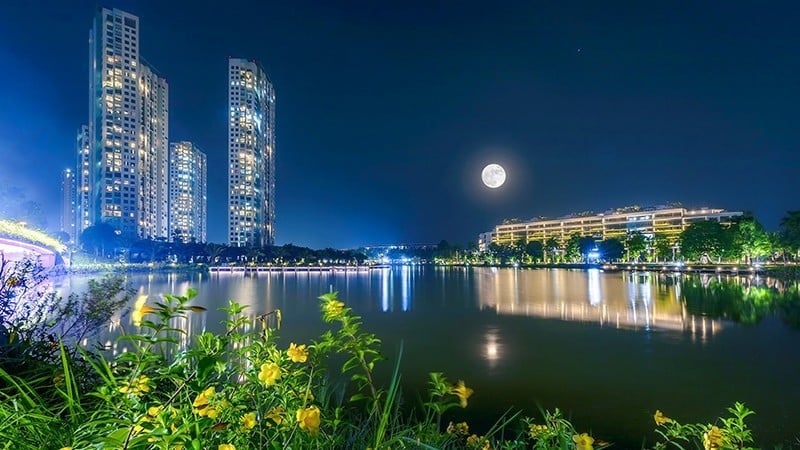
An urban area developed in a green, environmentally friendly trend
Lesson 1: From spontaneous trends to policy orientation
Currently, many real estate companies have pioneered the creation of green urban areas, in harmony between nature and technology. However, in reality, many questions have been raised about the substance, due to the lack of common standards, monitoring mechanisms and synchronous policies.
When businesses pioneer "greening" urban areas
From above, Gamuda Gardens urban area appears as a green oasis among many high-rise buildings and residential areas near Ring Road 3 ( Hanoi ). The rows of houses are surrounded by lakes, gardens, and shady walkways.
In addition, some real estate corporations are also participating in the "green" game by developing large-scale urban areas with open design, low construction density, application of management technology and energy-saving operating systems...
For Vinhomes, one of the top priorities is to design projects towards the Net Zero goal. The company has focused on promoting the development of modern facilities, organizing activities towards environmental protection and integrating modern technology into operational management. One of Vinhomes’ priorities is to promote the decarbonization process and enhance urban resilience.
Investor Gamuda Land Vietnam identifies green real estate investment as not just a temporary trend, but a long-term strategic commitment. The main motivation for businesses to pursue a green development model comes from social responsibility and market demand. In addition, long-term economic benefits such as operational savings, increased asset value and investment attraction are also reasons why they are determined to pursue this model.
According to Deputy Director of the Department of Science, Technology, Environment and Construction Materials ( Ministry of Construction ) Nguyen Cong Thinh, up to now, the whole country has had about 500 projects registered as green projects with a construction floor area of over 10 million m2 . However, the number of green projects in our country is only at the average level among ASEAN countries and ranks 28th in the world .
However, this is also an encouraging result after less than 3 years of implementing Resolution No. 06/NQ-TW dated January 24, 2022 of the Politburo on Planning, construction, management, and sustainable development of Vietnamese urban areas to 2030, with a vision to 2045 (clearly stating the encouragement of the use of green materials, construction and development of green infrastructure, green buildings, and green energy consumption in urban areas).
The Ministry of Construction, as an institutional “architect”, has actively advised, proposed and issued many documents related to support and incentive policies as well as establishing a legal framework to promote green growth in the field of construction and urban development.
The "loopholes" of the control mechanism
One of the biggest problems in creating green growth cities is “definition”. Green urban areas, green buildings. Currently, there is no unified and synchronous standard basis to serve as common standards for projects in this field. This leads to many projects self-labeling themselves as “green”, following international criteria without being controlled.
The reality of current green buildings shows that the choice of green standards depends on the will and financial capacity of the investor. There are no mandatory standards and no monitoring and inspection mechanisms after the project is put into use.
Not only that, during the construction process, many projects still use traditional materials, organize construction activities that cause pollution, or do not have a wastewater reuse system, waste collection and classification system, etc. This makes the green urban "label" become fragmented and lack substance.
A reality that needs to be recognized is that green urban areas in Vietnam today are “picky” about their residents. Apartment prices, service and operating costs in these urban areas are all higher than the average, far exceeding the income of the majority of workers. That makes green urban areas a “selective” model, serving only a few people, which is not in line with the spirit of fairness and sustainable development.
On the other hand, while some new urban areas are capable of pursuing green and smart models, most existing urban areas still struggle with degraded infrastructure and lack of minimal green space.
And although there have been positive signals from project developers, many experts believe that due to the lack of a strong enough policy framework, the green urban area model will continue to develop spontaneously and without uniformity.
Current reality shows that Vietnam is in dire need of a set of mandatory national standards applicable to green real estate projects. Green criteria such as using renewable energy, saving water, using environmentally friendly materials, or reducing CO2 emissions is still only at the incentive level, not a mandatory criterion when approving planning or granting construction permits.
There is no shortage of projects today where “green” seems to be just a marketing term and an approach to preferential policies instead of a commitment to sustainable development. A few artificial grass carpets, a few rows of trees and a small lake… are projects that can be promoted as “eco-urban”, “green construction”, “green residential area”.
Even in many new urban areas, parks that were planned to be "green lungs" for the entire residential area, after a few years, have transformed into places for business services...
Currently, green building certification systems such as EDGE, LEED, LOTUS… are mainly implemented by independent organizations, while state management agencies do not have a supervisory or post-audit role. This leads to a spontaneous “green” situation, lacking control and transparency, affecting consumer confidence as well as the health of the real estate market.
In many developed countries, green cities are not limited to individual models, but are the result of a comprehensive, well-planned and synchronous strategy. Governments of these countries play a central role in establishing a strict and transparent legal framework, while setting long-term goals linked to specific action plans, along with strict inspection and monitoring mechanisms to ensure effective implementation.
To shape truly green urban growth, we need a strategy to incorporate “green” criteria into other types of housing with lower costs, suitable for low- and middle-income earners.
To do so, it requires the decisive participation of policy-making agencies as well as local authorities, in order to perfect mandatory regulations on urban design, infrastructure, minimum green space ratio, use of sustainable construction materials, etc.
(To be continued)
Source: https://baolangson.vn/dinh-hinh-do-thi-tang-truong-xanh-o-viet-nam-5055033.html







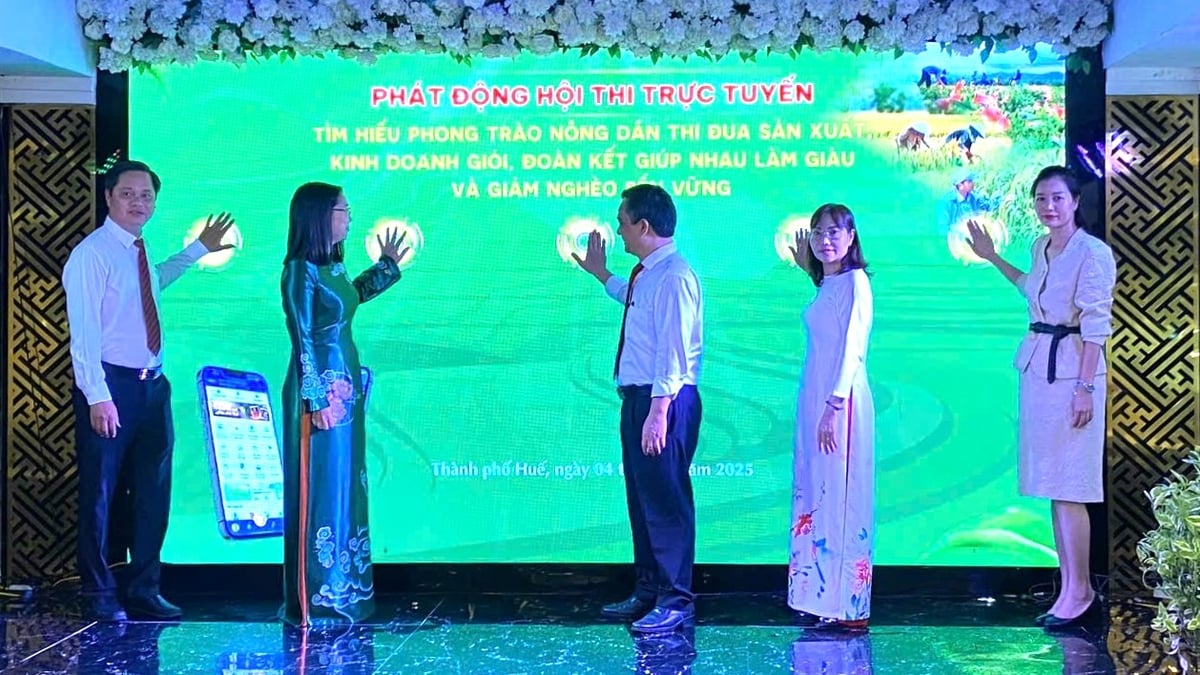

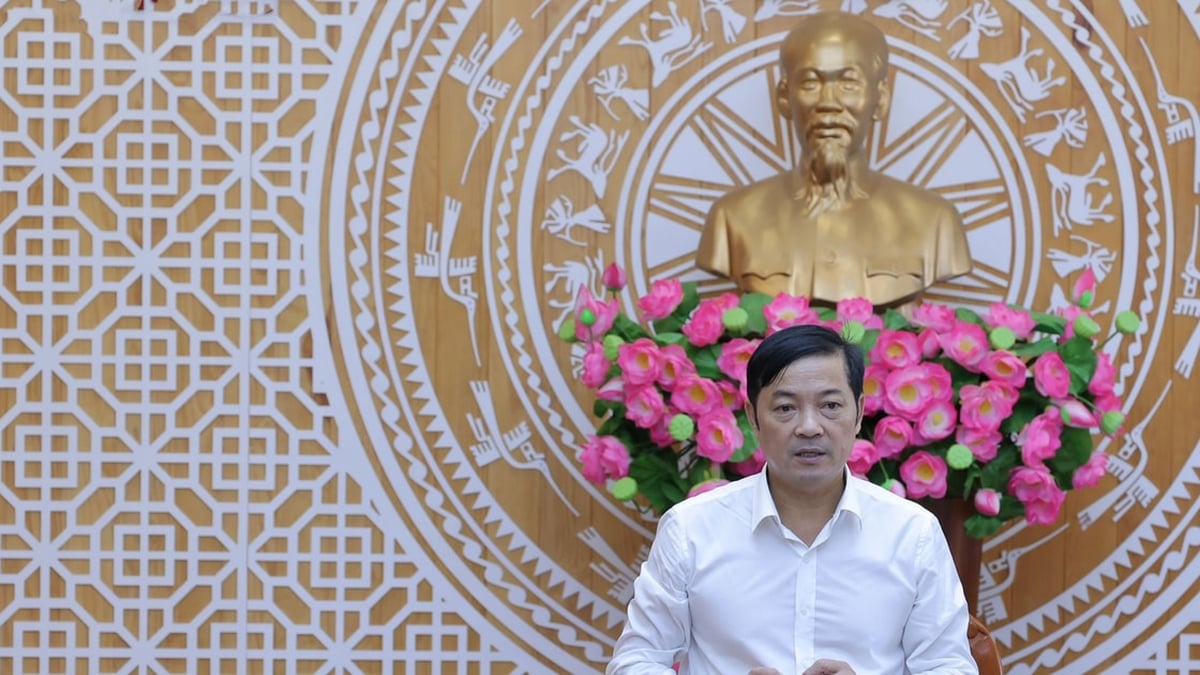















































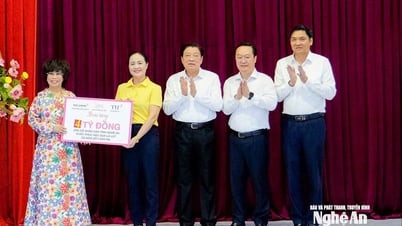

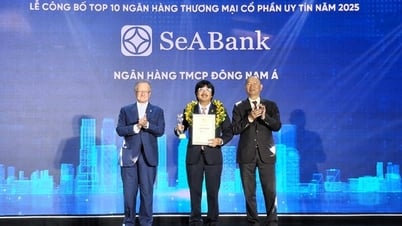

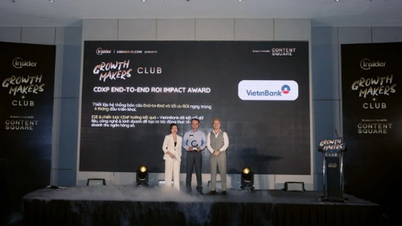

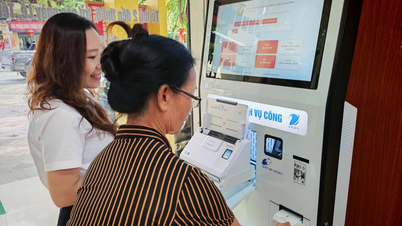












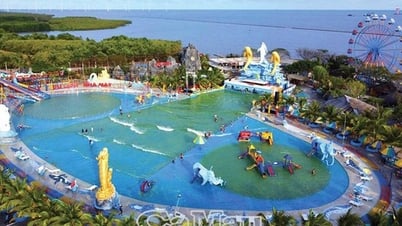
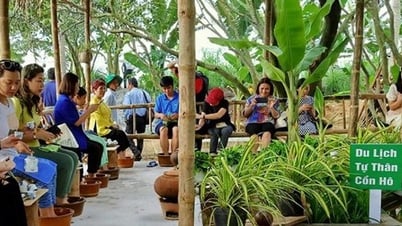



















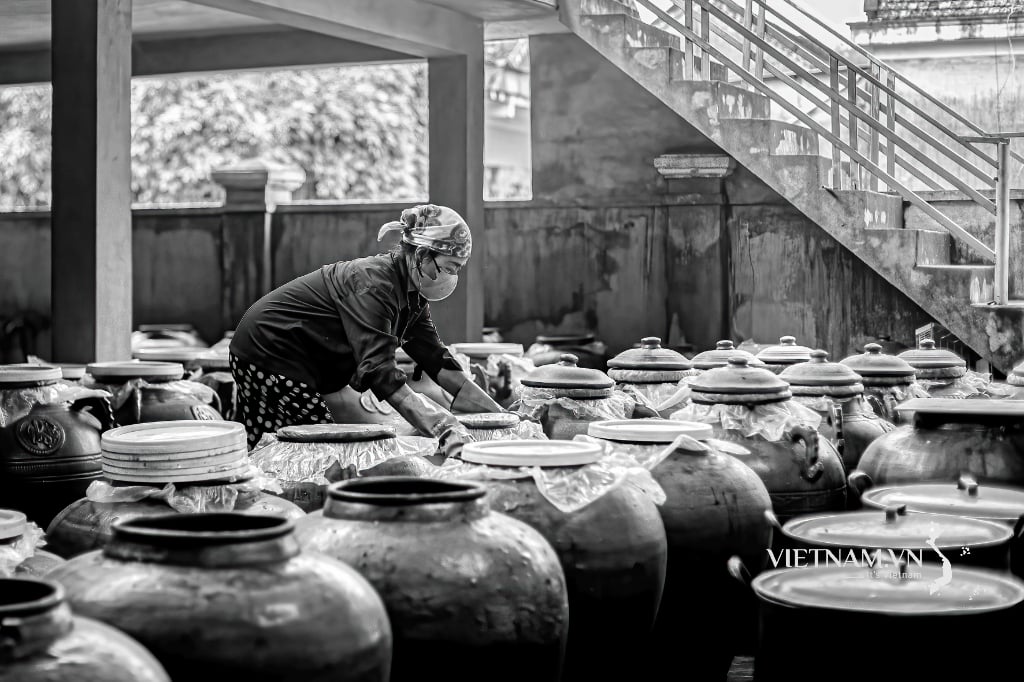
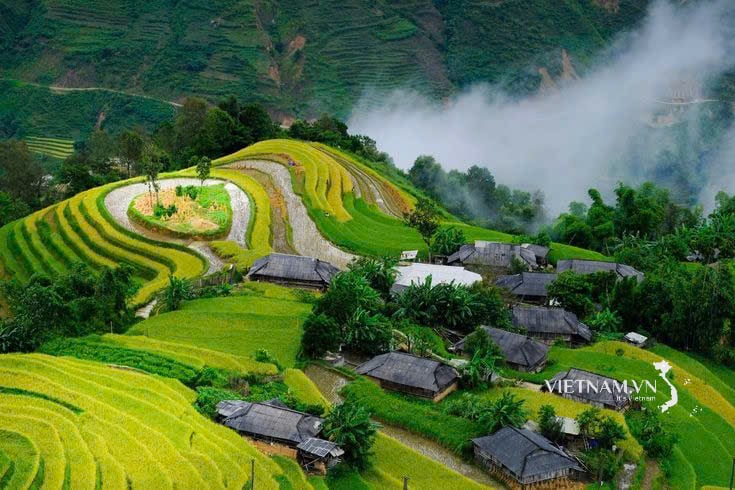
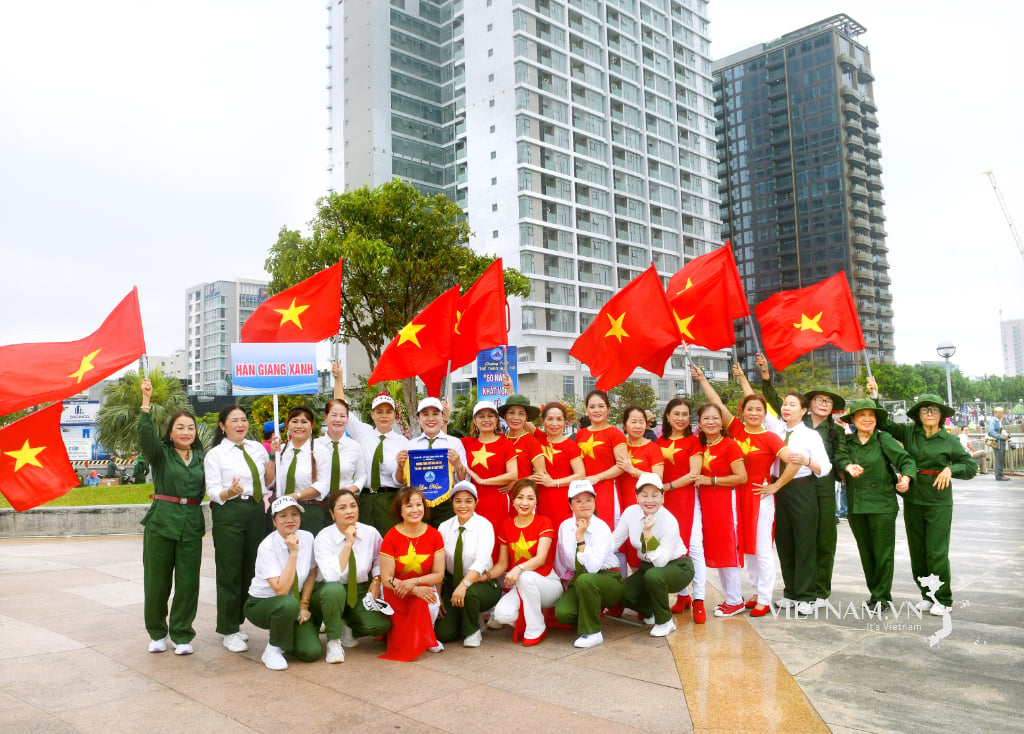

Comment (0)